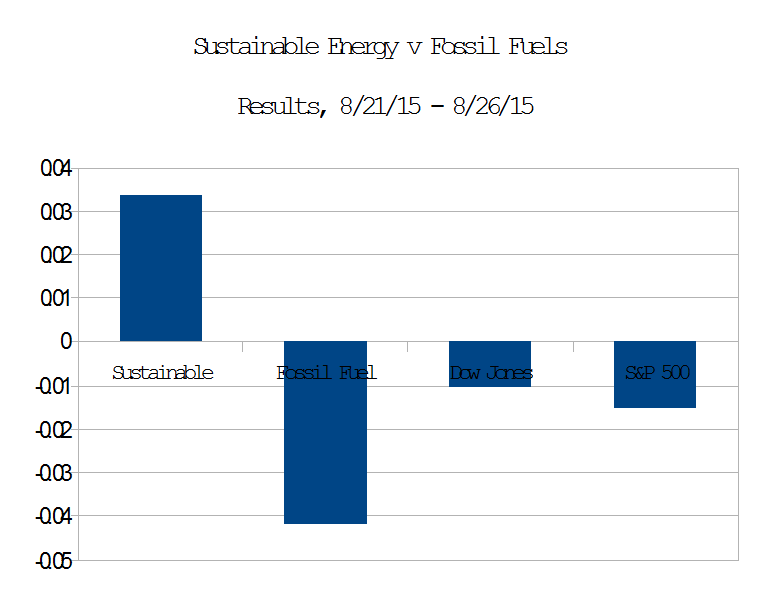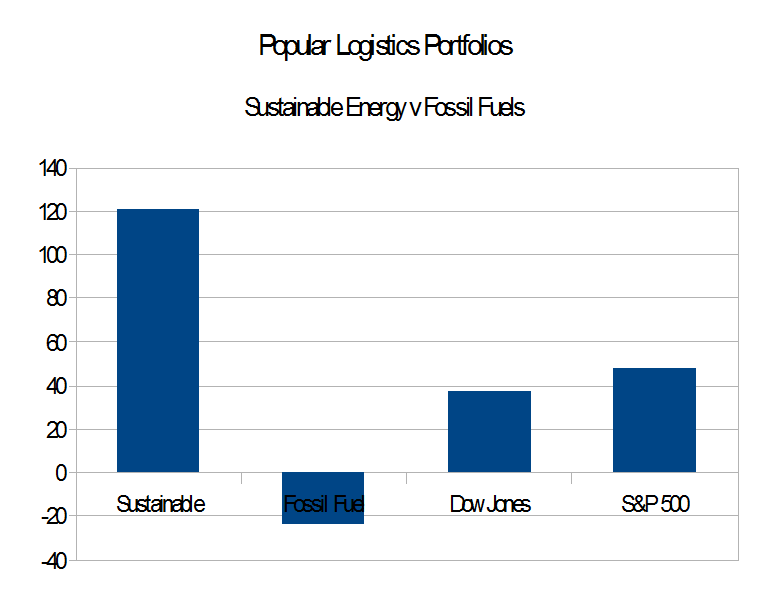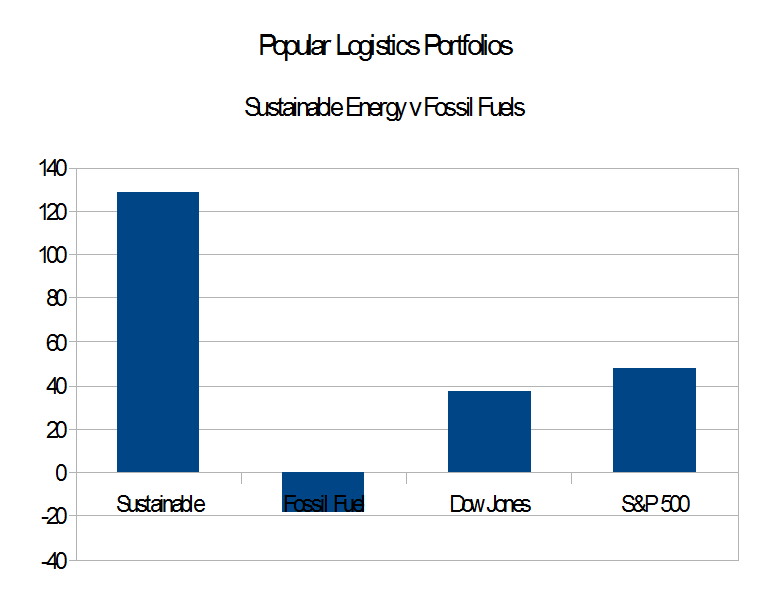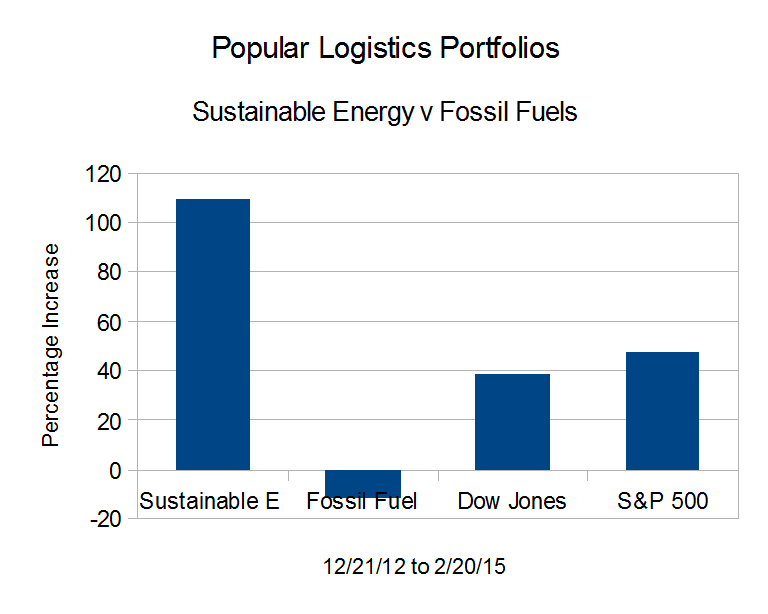Identity thieves want Social Security numbers matched with names, addresses and birthdays.
And they have them. By the Millions!
On 90 Million Americans! Possibly 200 Million!
They used Experian to get information on 15 million T-Mobile customers – and threaten everyone in Experian’s databases. They stole information on 90 million people whos health insurance is provided by Anthem Blue Cross or Excellus Blue Cross. And 22 Million current and former employees of the U. S. government, by hacking Office of Personnel Management (OPM). Plus 58 million customers of Home Depot and 70 million customers of Target. The problem is growing. They are also targeting parking services such as Book 2 Park, Park N Fly, and One Stop Parking.
The sets intersect – it is likely many Home Depot customers also shop Target, work for the government and or have health insurance from Blue Cross Blue Shield. But it’s also likely that very few of the 10 million customers of Excellus Blue Cross are also customers of Anthem Blue Cross so we are looking at a problem for at least 90 Million Americans, 28% of the country. That’s almost one out of three. And 200 million? That’s 2 out of 3.

















